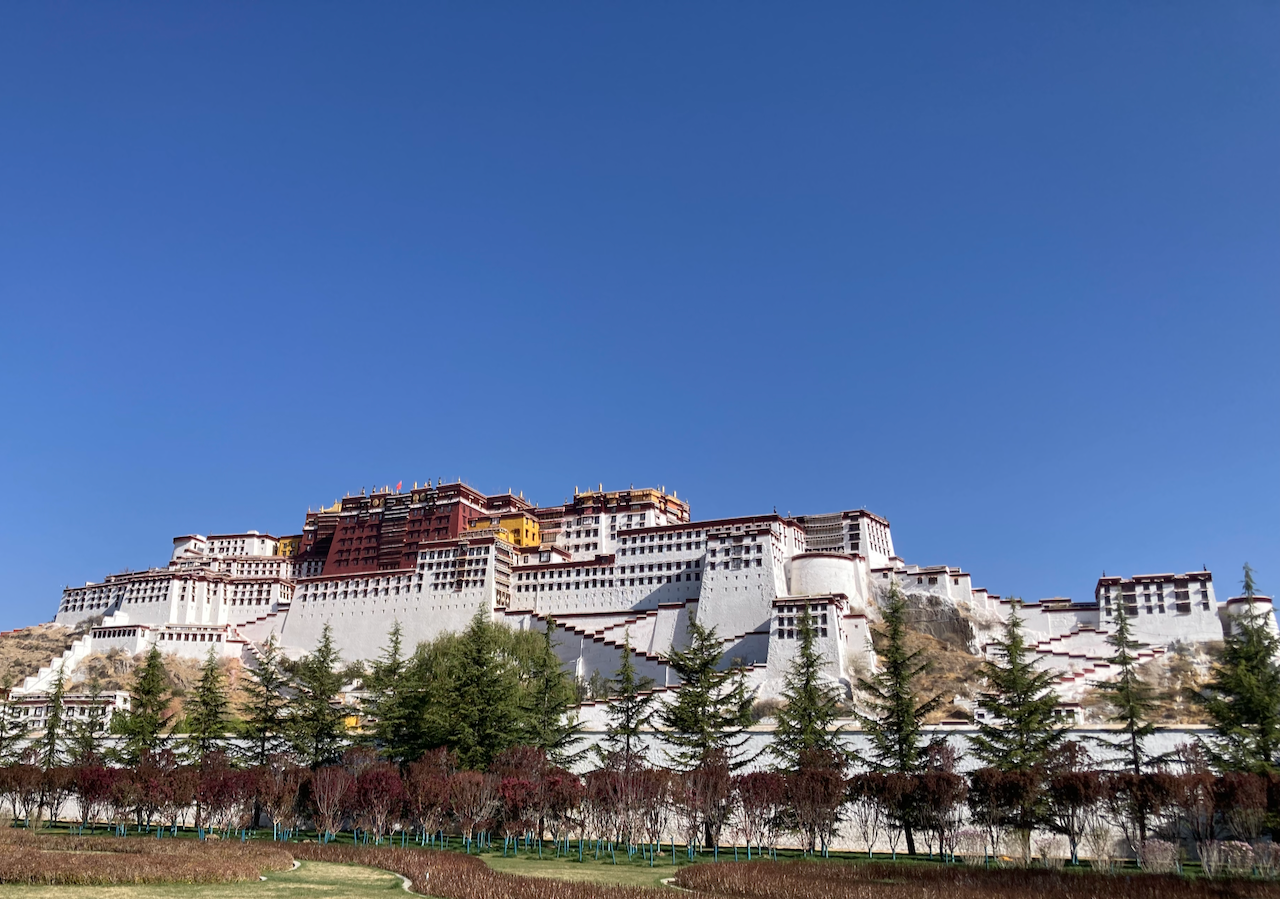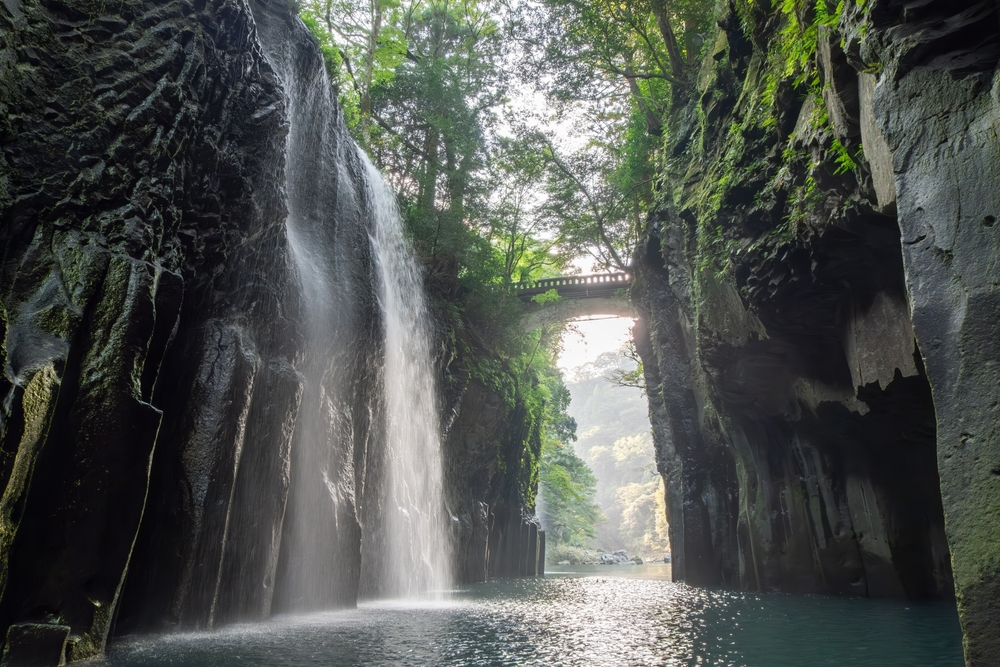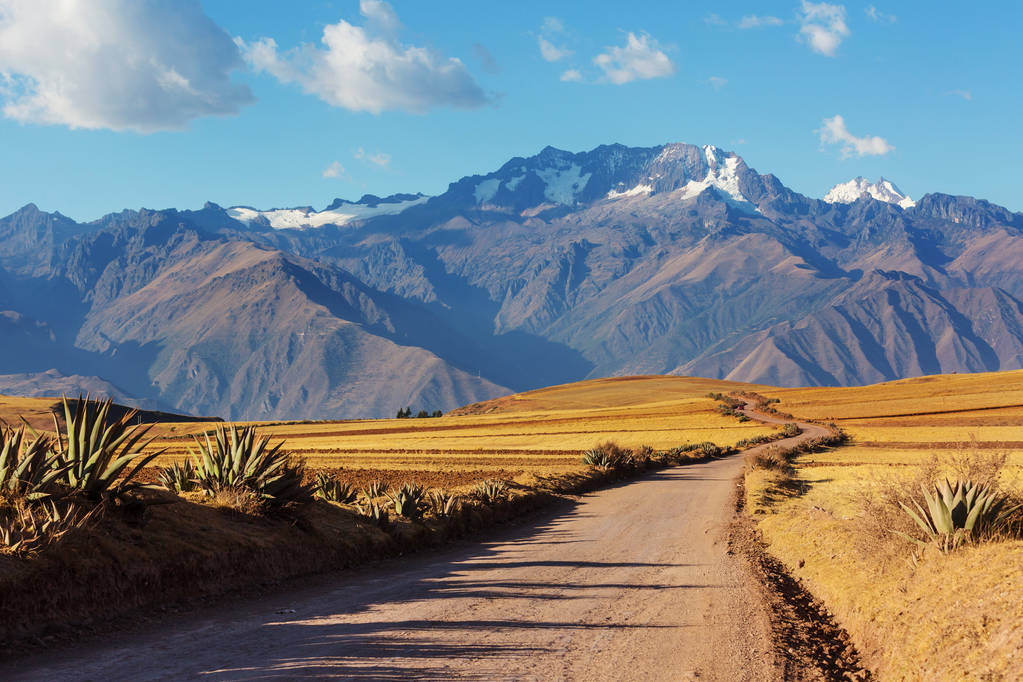A once-in-a-lifetime experience – continued
Charly’s Team recently shared with you our dream journeys, some more or less accessible after a
short flight, others more daring and compelling. But our wish list is ever growing, as the team travels
tirelessly all over the world. Our globetrotting colleagues return from their travels, full of stories and
anecdotes that pique our interest and fertile imaginations. So, get out your maps and magnifying
glasses as we share with you a selection of surprising destinations.

On the roof of the world
Héloïse (Monaco) was fortunate enough to visit a remote corner of China, using the Songtsam Lodges as her base, which celebrate Asian art and culture. Despite having frequented some of the very best hotels on several different continents, the feeling of being on top of the world took on a different meaning there, between Yunnan and Tibet! Staying at the lodges was one of the most touching and inspiring experiences, being pampered by the friendly staff, all locals, each more attentive than the next, despite patchy linguistic skills… The language of the body and soul can overcome any language barrier. Founded in 2000 by a former Tibetan documentary maker, Songtsam focuses on peace and happiness as sources of physical and spiritual healing.
The location of each property is carefully considered, and the lodges are situated in magnificent, remote areas that enjoy a significant cultural interest. Most of the lodges maintain the traditional, rustic aspect of a Yunnan village. The buildings seem particularly well-suited to their environment, thanks to a rigorous selection of artisans who work with ancestral techniques and materials, following responsible practices.
With 4 properties in Tibet (and 17 overall in China), Songtsam’s mission is to help travellers reconnect with their inner power and realise their potential. The brand also serves as a ‘cultural bridge’ by offering multifaceted experiences, combining authentic architecture, cultural workshops, proximity to spiritual sites, interaction with local communities and opportunities to appreciate Tibetan arts and traditions..
When you return from your excursions, staff in traditional attire will welcome you with ginger tea, which is excellent to help acclimatise to the altitude, as well as regional delicacies and local fruits, served generously in front of a roaring fire. Each lodge has several small, cosy lounges decorated with varnished wood, handwoven textiles and antiques filled with history. Everywhere, refined design meets modern amenities, and the service is always discreet. It is hard not to feel an intense feeling of wellbeing, a blessing of sorts, as you admire the breathtaking landscapes that extend in every direction towards the horizon.
The holy grail on the itinerary is Lhasa, where you can visit iconic sites, discovering the region’s tumultuous past and fascinating traditions, after flying over the untameable Himalayas. This is THE most sacred place for Tibetan Buddhists. A pilgrimage to this city represents the ultimate act of devotion: getting there sometimes requires travelling hundreds of miles, which can take weeks, months or even years.
As you enter the Jokhang Temple, the holiest in all of Tibet, devotees crowd around you on all sides in a frenzy of fervour, as the smoke from burning mulberry branches fills the air. The crowd becomes more subdued as you follow countless candles, made of yak butter, which fill the atmosphere with fragrance, an experience that is capable of moving even the most hardened atheist. Pilgrims gather around the Potala Palace to show their devotion, pay homage and accumulate merits. You will spontaneously follow them with admiration, feeling a shared sense of achievement. This dzong, classified as a UNESCO World Heritage Site, embodies the Buddhist culture of Tibet. To enter, you need a special permit, which we can help you obtain. The buildings are surrounded by a vast park that is teeming with popular attractions, home to towering trees and thousands of plant species. Norbulingka is also known as the ‘Jewelled Park’ because of the flowers, animals and living décor that create a peaceful yet festive environment. It is possible to embark on round trips with Songtsam – following custom-made itineraries that are carefully crafted bearing in mind the season and different festivities taking place in the far southwest of China. Be prepared to meet fascinating, welcoming people, cross paths with yaks, enter sacred places, climb hills and admire glittering lakes, gaze upon majestic mountains and seemingly neverending prairies…
The best time to visit is in spring and particularly during the month of May, when the climate is mild,
nature is in full bloom and the skies are clear: an ideal time to soak up the scenery.

Kyushu – the cradle of Japanese civilisation
It is rare to visit Kyushu on your first trip to Japan, but this is exactly what Fanny (Bali) accomplished recently. She shares with us her insights on this multifaceted, vast territory.
Kyushu, one of the four main islands of the Japanese archipelago, stands far away from the hustle and bustle of the big cities, and is renowned for its wild landscapes and sacred myths. The fact that the first traces of Japanese settlement were found here, as well as its position as the gateway to China and Korea, have left undeniably foreign influences on the island.
Its mountainous terrain encloses one of the largest craters in the world, which is also one of the most active volcanoes in the country, Mount Aso, which in reality is made up of about fifteen volcanic cones. Not far from there, the high temperatures caused by geothermal activity feed the hot springs in Kurokawa Onsen. The town’s stunning outdoor baths, surrounded by rivers and forests, draw visitors in search of relaxation. The whole town will transport you back to the Edo era, with its houses made of wood, stone and mud. It is a bit out of the way, but the simple, genuine Japanese hospitality you will encounter in the guesthouses, or ryokans, will make the detour worthwhile.
Sculpted by the River Gokase that meanders at its bottom, the Takachiho Gorge, an important spiritual place, was created by a lava flow from Mount Aso. This breathtaking canyon can be traversed in a rowboat, gazing up at the steep basalt cliffs rising on each side. Takachiho is a legendary site with a strong energy, one of the most popular places to worship Amaterasu, the highest deity in Japanese mythology, Goddess of the Sun and Universe. As an ancestor of the Japanese Imperial Family, her influence is sought by visitors who make wishes to her, to improve their lives and the divine order of the cosmos!
Another captivating destination is Kunimigaoka and the mysterious landscape of unkai (“sea of clouds”), an autumnal phenomenon that extends over the Takachiho Basin. The observation deck here provides one of the most spectacular viewpoints over the sea of clouds, visible early in the morning with the right conditions.
There is no better way to get around in Japan than by train! So, for rail enthusiasts, the “Seven Stars” is a great option for travelling around the island’s seven prefectures. The name of this high-class sleeper train also pays homage to the seven wonders of the island: nature, hot springs, history, culture, religious sites, cuisine and hospitality. The journey provides a fantastic opportunity to venture into the heart of remote areas, in the comfort of the opulent coaches decorated with prized materials and accessories, created by some of the greatest artisans. The train welcomes just 20 guests in 10 cabins. The trip over three nights and four days departs from Fukuoka, and reservations are organised through a lottery system more than one year in advance.
During one of the stops on the railway journey, you will become acquainted with Arita or Imari porcelain, considered one of the most charming potteries in the world. A festival of wind bells is held, during which locals hang wind chimes, known as furin, in the narrow alleys of the village, which produce a tinkly sound that is particularly refreshing at the height of summer.
Kept secret for a long time, the method of manufacturing is now shared with a few lucky apprentices in the workshop, who learn in private the ancestral techniques that have been passed down through the centuries, taught by the 14th-generation descendant of a master potter. Some of their works will be on sale in occasion of the Emperor’s birthday. During an exclusive visit, guests will have access to the ovens and be able to observe the artisans at work, in a room usually closed to the public, where collector’s pieces with Chinese and Korean influences are prepared.
For sophisticated travellers, visiting the Shinkansen maintenance depots is a must. In Kumamoto, the place where the Kyushu Shinkansen (local bullet trains) are assembled and inspected, tests and repairs are carried out on a large scale. This is where the third biggest shunting yard in Japan is located. Visiting the yard will be a dream come true for train lovers who have retained their childhood passion for mechanics.
And what’s more, it is on Kyushu that some of the greatest innovations of Japanese cuisine were born.
The best time to visit is in October or November, when the temperatures are pleasant, the autumn leaves create spectacular colours and the season is ideal for various outdoor activities. In spring, the cherry trees are blossoming, however their magnificent blooms and the festivals celebrating spring make the island very popular and therefore very crowded.

Secrets of the Golden City
Travellers, be warned: in Peru, there is much to discover, from pre-Colombian sites to the excesses of Baroque architecture. Simonetta (Monaco) was deeply moved by the country, with its rarefied air and low skies. This truly is an exceptional country, boasting mountains, lakes, pristine nature, one of the Seven Wonders of the World, several sites listed on the UNESCO Word Heritage List, and an abundance of alpacas and llamas. But our Italian adventurer wanted to explore the country in a different way, by meeting the wise descendants of the Wari civilisation, who live mainly in the Andes. The latter believe that “real gold is not what glitters, but knowledge that is passed down through the generations, encounters and respect of the land and stars”. Everywhere, visitors can expect to be welcomed with warm hospitality and exceptional kindness. The real journey in Peru is about meeting the people. Our intention here is not to tell the story of a first trip to Peru, stopping at all the usual places, but rather to recount a journey where authentic experiences matter more than the destination. We are happy to share our recommendations with all those who will take the plunge and dare to venture to extraordinary places, long enough to have eye-opening experiences that will stay with them for the rest of their lives.
Several weeks are needed to complete this odyssey to unexplored lands, which begins in Lima, of course, but quickly moves on to the California Desert, after leaving behind Paracas and the Pacific Coast. You will venture all the way to the Moron Lagoon, via one of the most beautiful walking trails in the region, surrounded by fields of yellow corn and golden cotton shoots. On arrival, a landscape of dunes and hypnotic mirages create a unique, wild setting where you will spend the night under the stars. As time stands still, lifelong memories will be made as you gaze up at the night sky. A simple camping tent will provide shelter for the night, as you slumber in complete silence under a canopy of stars, after the other tourists have left for the day.
Long days of travelling will enable you to reach far-flung destinations, sharing memorable moments with the locals along the way, when you stop in the villages or stay at friendly lodgings, which also allows you to support local communities.
For example, responsible travellers can help fund the renovation of the only Inca bridge still in use in Peru, by supporting native families in the Cusco region. The Q’eswachaka Bridge is a suspension bridge made of vegetable fibre overhanging the Apurimac River. Every year in spring, at a height of 28 metres, the natives join forces during three days to repair the bridge, spurred on by prayers followed by a closing ceremony with offerings to the Pachamama, under the guidance of an Andean priest. A privileged few will be able to witness this ancient tradition that is included on the UNESCO Intangible Cultural Heritage List.
Staying with the theme of the unusual, you will advance into a wild ecosystem, in the region of Ayacucho, where there is a vast forest of Puya raimondii, one of the rarest plants on the planet, with a lifespan of 50 to 100 years. Picture yourselves at an altitude of 4050 metres above sea level, in a chilly climate swept by constant winds. At a height of 15 metres, surrounded by prickly leaves, thousands of white flowers bloom only once in their lives, as this living fossil dies soon after. The ephemeral vision of this forest of plants, which are known as the “Queen of the Andes”, is a special stop on an itinerary in search of endangered species, which are nonetheless thriving in their natural habitat, along the high-altitude valleys.
But Peru would not be Peru without its mythical sites, whose ancient stones are known all over the world, from stunning Inca palaces, to farming terraces that have turned into desert in the Cotahuasi Canyon, to the spiral aqueducts in the Nazca Desert. During an adventure that is almost an initiation, a stopover in Pikillaqta will give you a chance to discover the time before the Inca Empire and admire ruins attributed to even older Andean civilisations. The complex is renowned for its sophisticated system of irrigation channels, water tunnels and branches leading to different parts, which were exploited by the inhabitants, before reaching the fields. What makes Pikillaqta unique, aside from its vast size, is the city plan, mapped out by long, narrow streets bordered with adobe walls, which make this one of the most impressive Wari complexes in the Cusco region.
The voyage would not be complete without mentioning Peruvian food, which is very diverse thanks to the melting pot of cultures and geographical features in the country. This is one of the richest cuisines on the continent, based on an abundance of maize, potatoes and fruits. The ever-popular ceviche is the guest star on the menu, and in terms of meat, pork features heavily, without forgetting the tasty roasted guinea pig. And of course, everything is washed down with Pisco – the national drink – a rather strong spirit made from grapes.
“A voyage is only worth it if it is extraordinary” could be Simonetta’s motto…
The best time to visit is from December to March.

